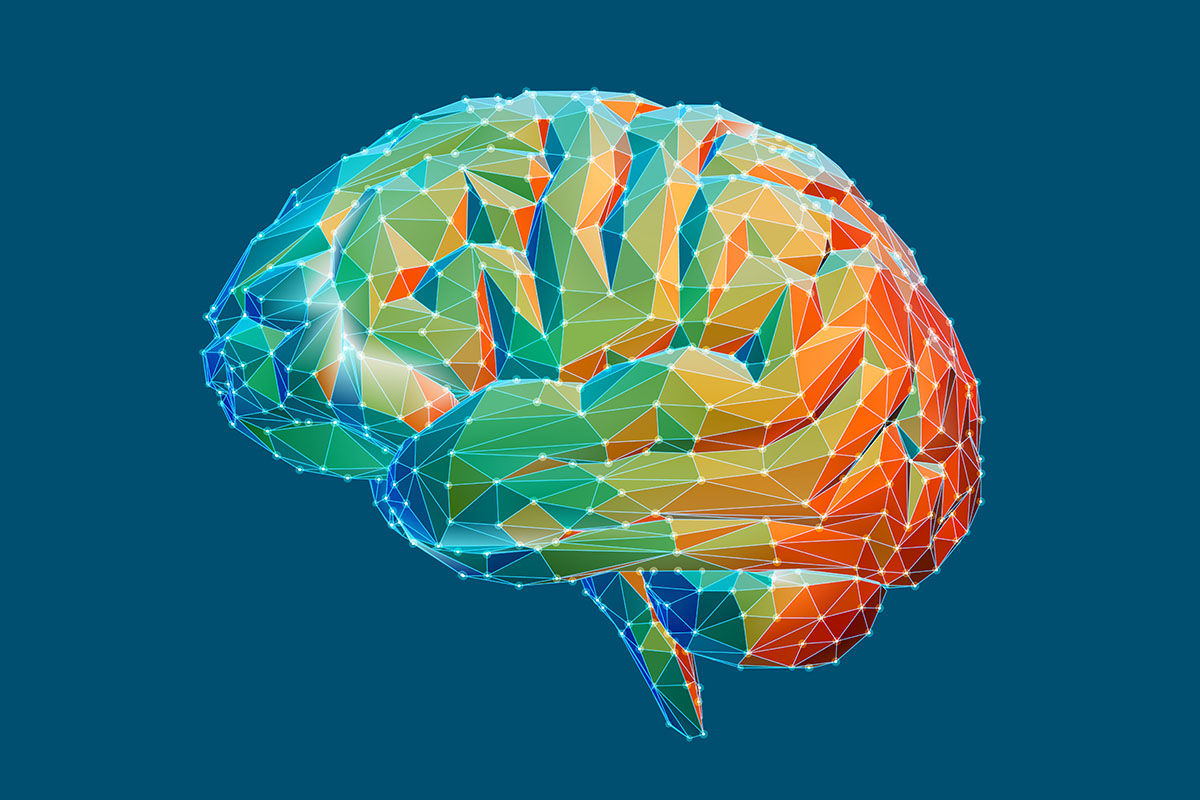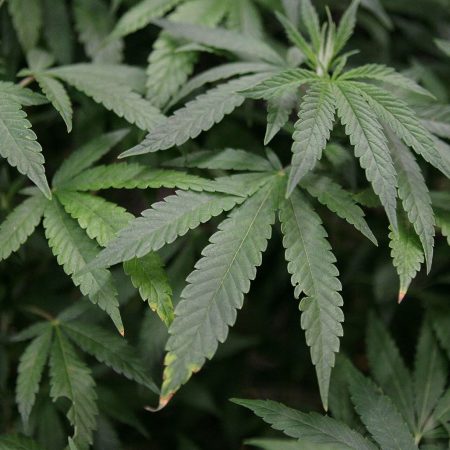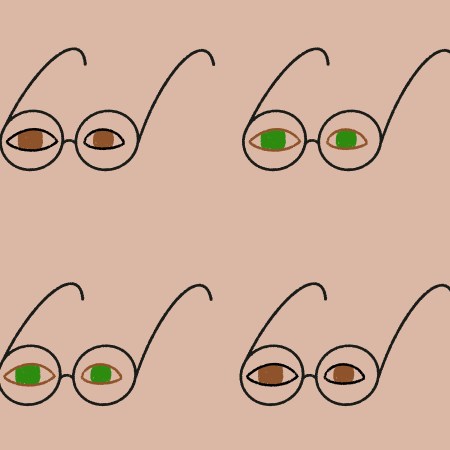Neuroscientists from Singapore’s Nanyang Technological University, the University of Pennsylvania and California State University have teamed up to determine that a portion of the brain called the striatum is actually 10% larger in people who demonstrate psychopathic tendencies.
While many have come to use the terms “psychopath” or “psycho” as colloquial descriptors over the years (generally as an insult), there is real scientific basis for the concept. A psychopath is commonly antisocial, narcissistic, impulsive, charming in a manipulative way, and incapable of registering guilt or empathy.
To be clear, over 30% of the population is believed to have at least one psychopathic tendency. While these traits don’t guarantee psychopathic behavior (of the sort that usually ends marriages or breaks the law), the correlation is strong. This study suggests that in the quintessential nature versus nature debate, nature has a more profound impact on the psychopathic behavior of our most selfish neighbors than previously understood.
Researchers scanned the brains of 120 Americans, then interviewed them using a psychopathy checklist. One of the study’s authors concluded: “These findings give added support to neurodevelopmental perspectives of psychopathy — that the brains of these offenders do not develop normally throughout childhood and adolescence.”
The striatum, located in the forebrain, is highly involved in cognitive and social function. Previous research has linked it to sensory processing and impulsivity. These findings illustrate the link between a larger striatum and an insatiable need for stimulation, rewards and excitement — no matter the cost.
As another author said: “We have always known that psychopaths go to extreme lengths to seek out rewards, including criminal activities that involve property, sex and drugs. We are now finding out a neurobiological underpinning of this impulsive and stimulating behavior in the form of enlargement to the striatum, a key brain area involved in rewards.”
It’s a brand of behavior we’re used to from children who are determined to get whatever they want, the needs of anyone else in the room be damned. Fascinatingly, the striatum is actually at its largest in childhood. It’s supposed to decrease in size as the brain matures, replacing a thirst for thrills with more empathetic and responsible concerns. Next time you hear someone note that a politician is behaving like a six-year-old, then, take heed — there’s a chance their brain is biologically different than the rest of ours.
Whether you’re looking to get into shape, or just get out of a funk, The Charge has got you covered. Sign up for our new wellness newsletter today.


















